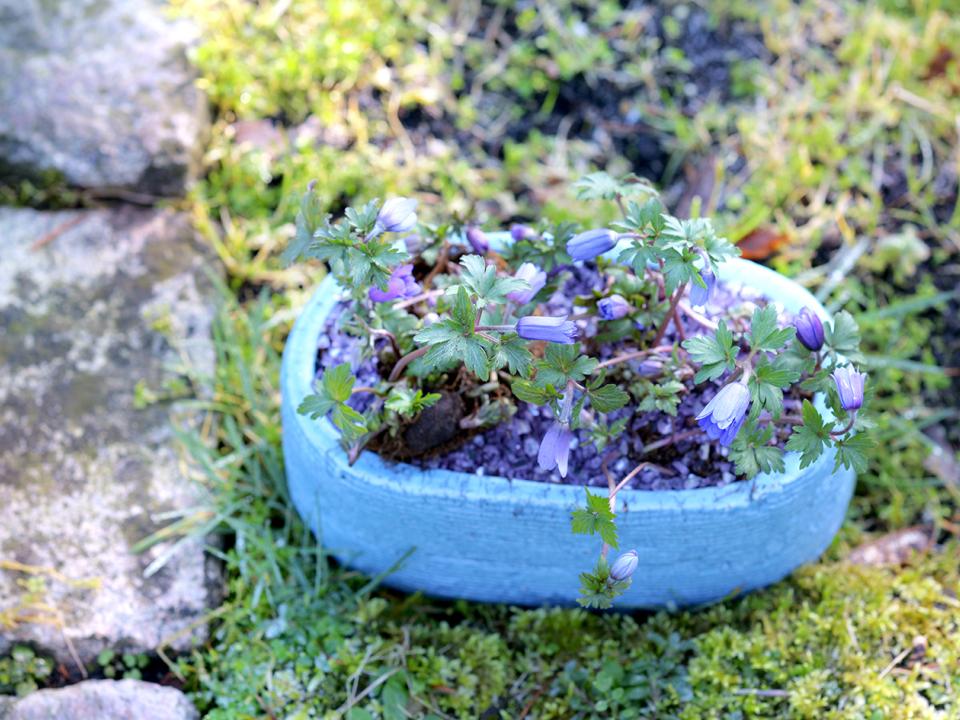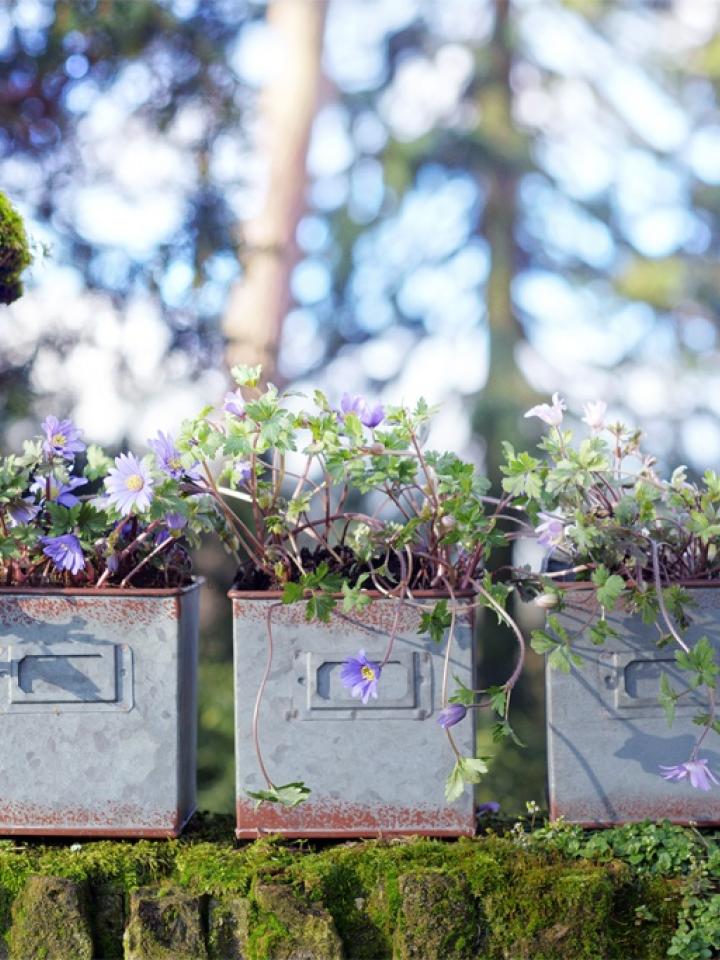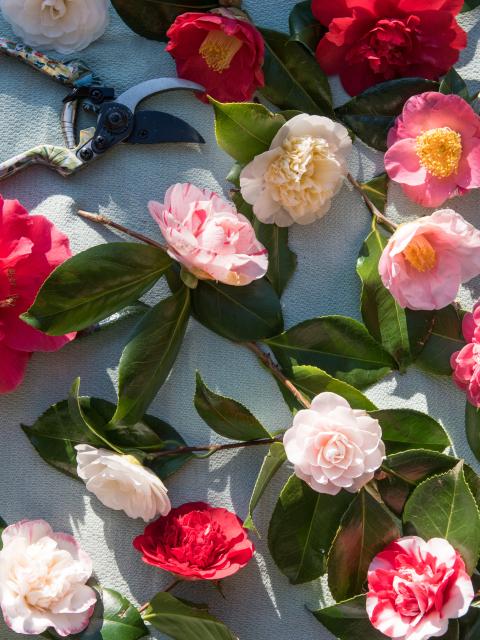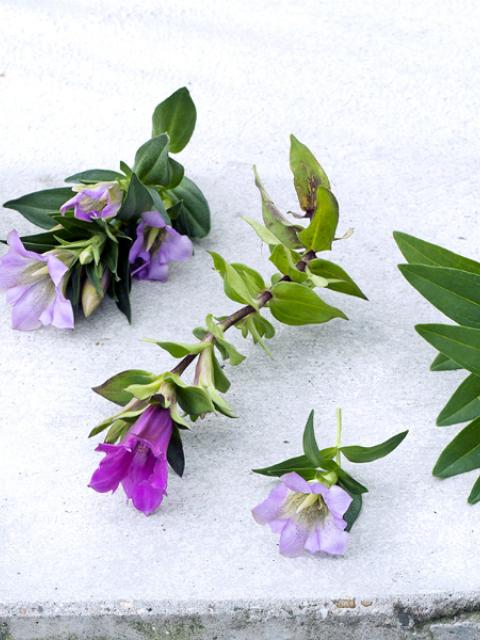It’s almost impossible not be in a good mood when you see the Blue Anemone, officially called Anemone apennina. The sunny heart and elegant petals in a colour somewhere between royal and cornflower blue - everything about this plant radiates joy and spring. Even its flowering: in bud the flowers still hang their heads a little shyly, but once open they stand up straight and beaming. The Blue Anemone is a dainty herbaceous plant that works well in the soil, but also looks great in other places such as your windowsill, balcony or garden table.
The white and pink ones are also called Blue Anemones
The Blue Anemone is a member of the ranunculus family. The plant grows from a tuber, reaches a height of 25 to 30 cm and is mostly found in northern temperate regions in a band running from Jordan and Syria to Denmark. It derives its second name from the fact that it grows in abundance in the extensive Italian Apennine mountain range. There are some 120 species that flower in March and April with blue (and sometimes also white and pink) flowers. The plant naturalises beautifully in the soil: after a couple of years it will give you a beautiful carpet of flowers in the spring.

Blue Anemone trivia
-
There are a number of explanations for the name, but the most popular account relates to Anemona, a nymph at the court of the goddess Flora. The sage declared that Zephyros, the god of the west wind, had fallen in love with Anemona. Jealous Flora turned her into a flower so that Zephyros could only kiss her petals and that’s why the flower always opens out completely when it blooms – she’s inviting her lover.
-
Blue Anemones are remarkably similar to Balkan anemones (Anemona blanda), but have slightly hairy petals at the bottom of the flower and a straight stem: that’s how you can tell the difference.







